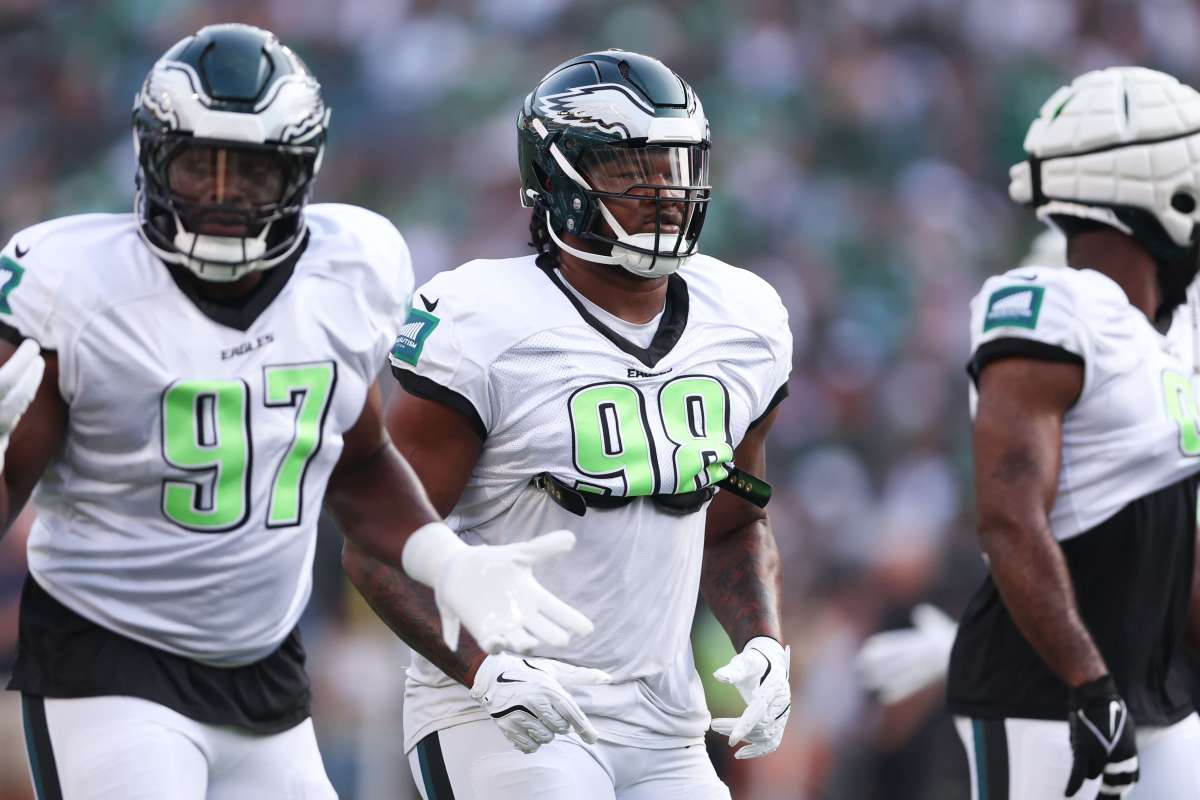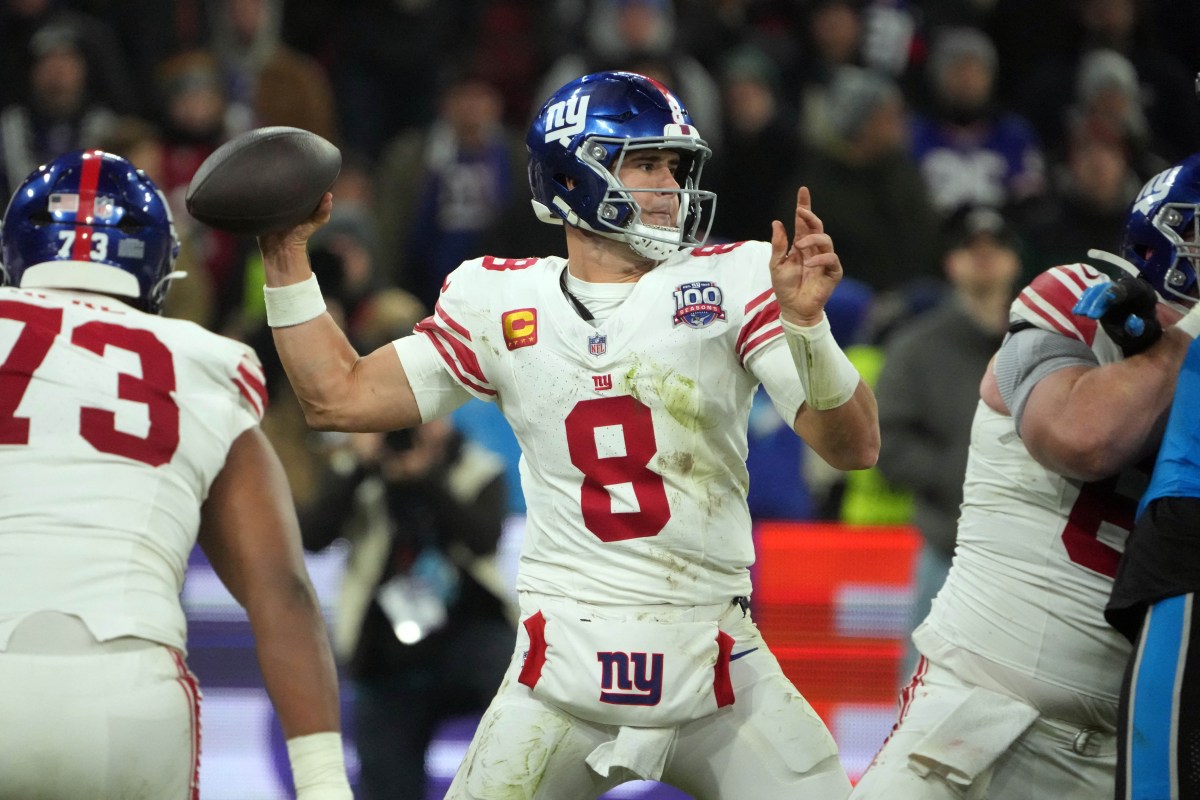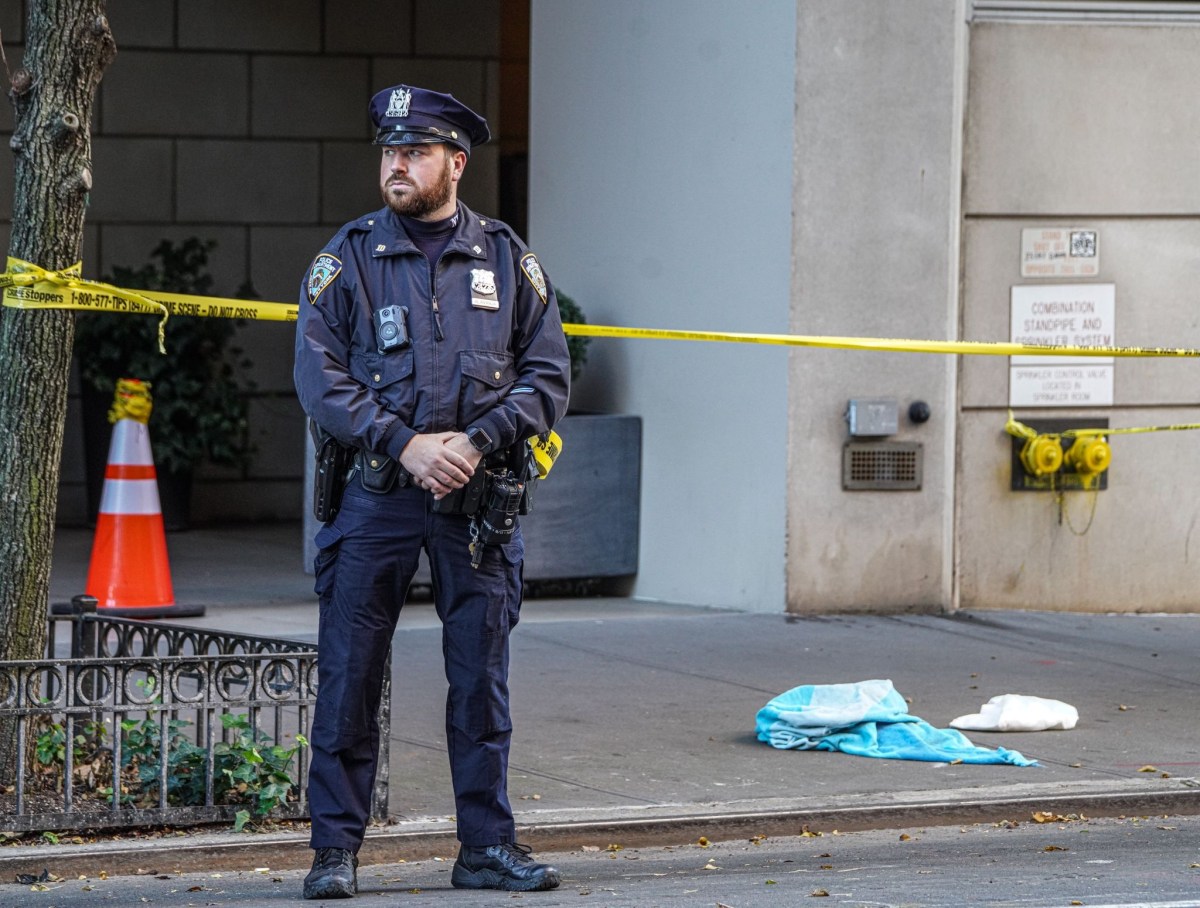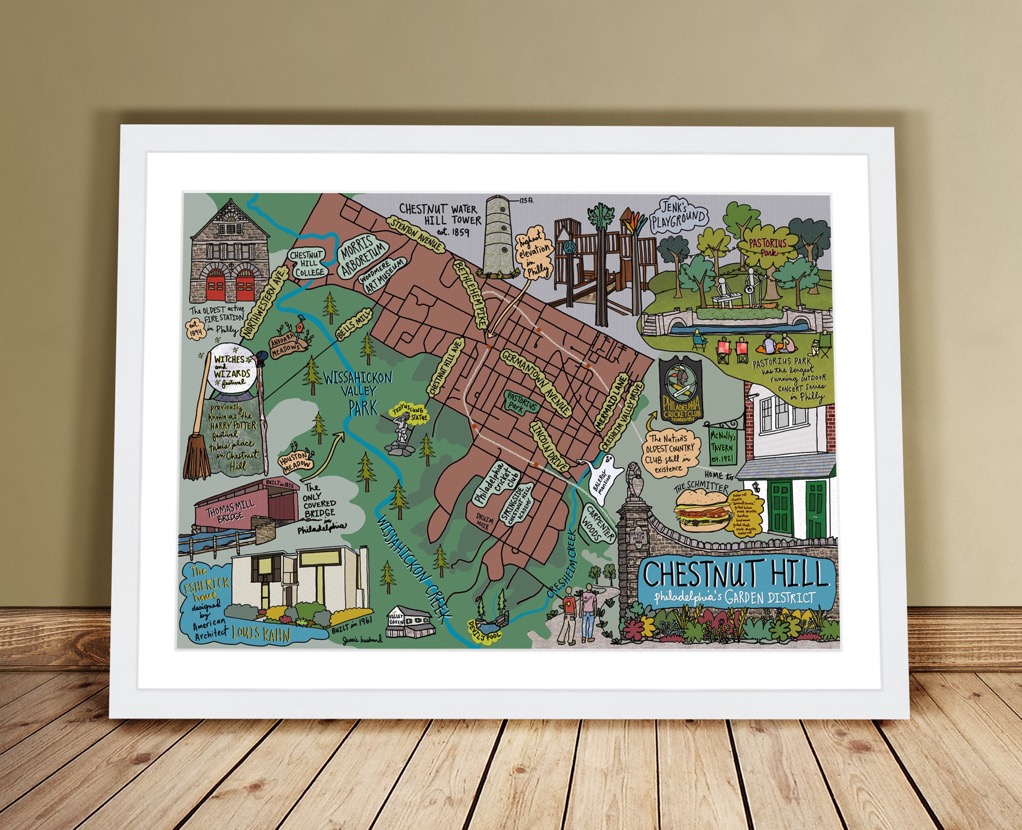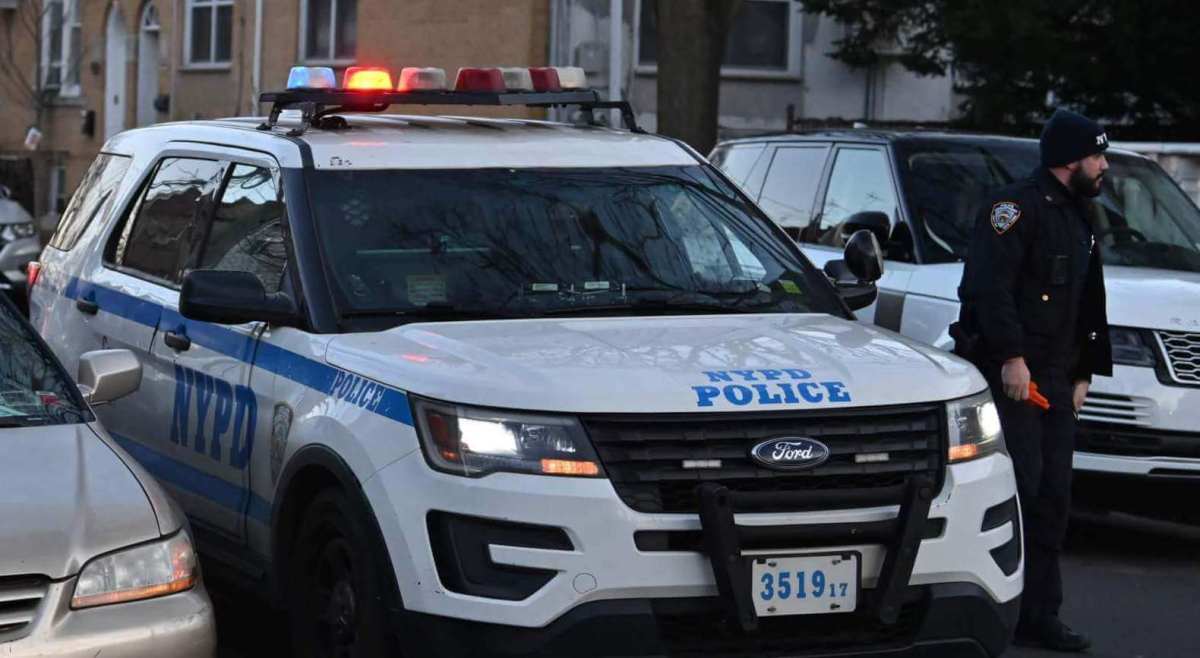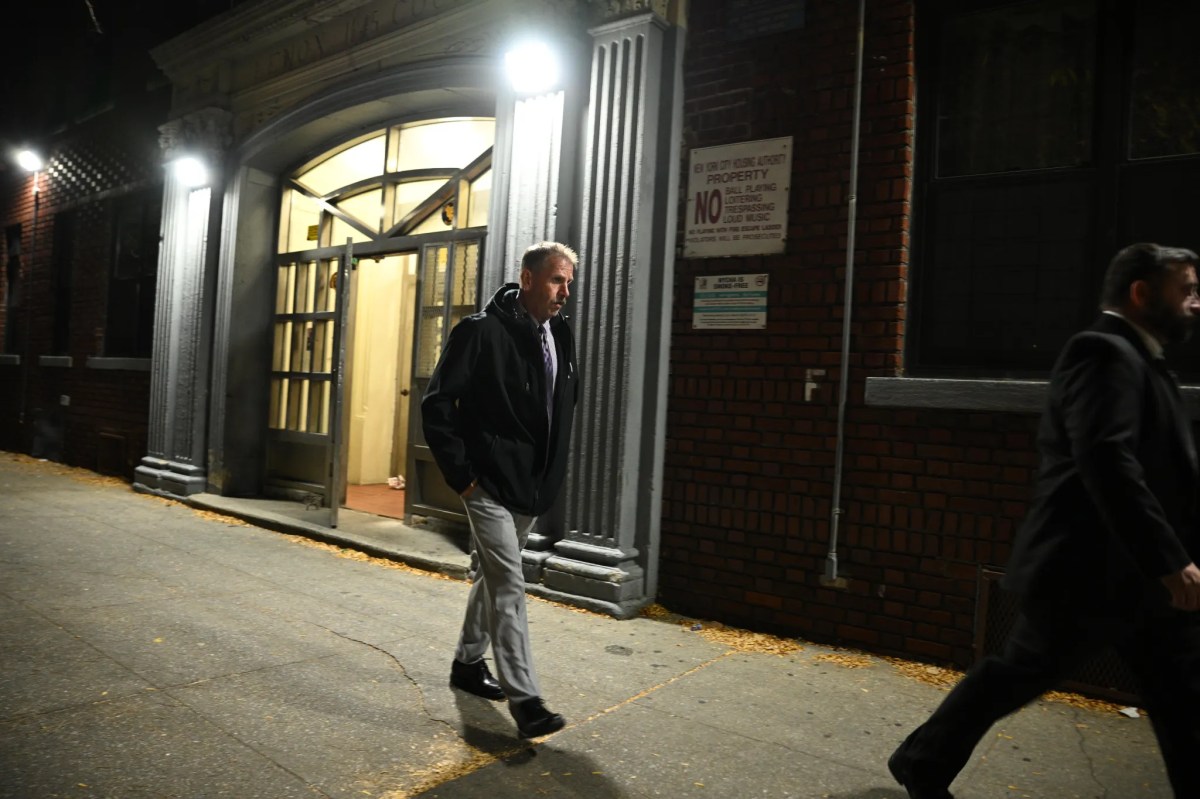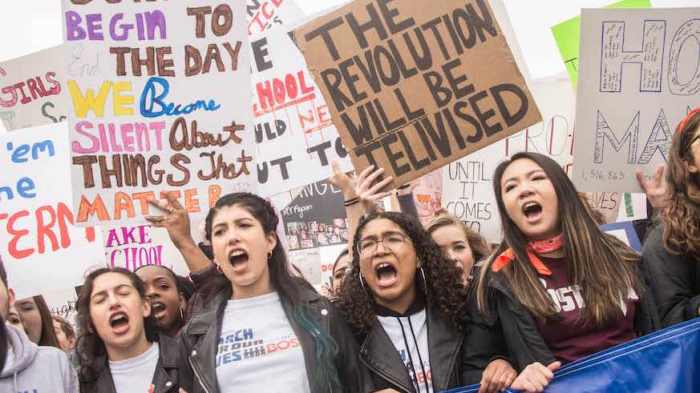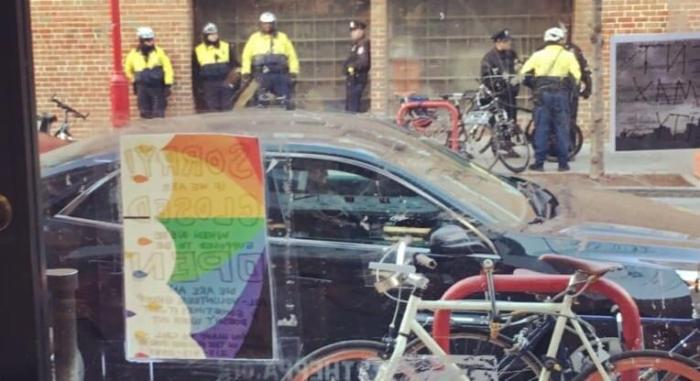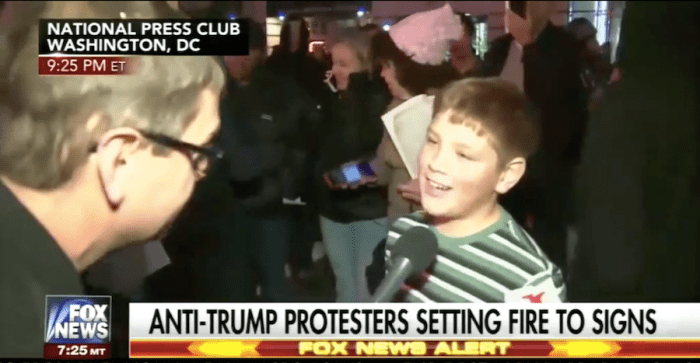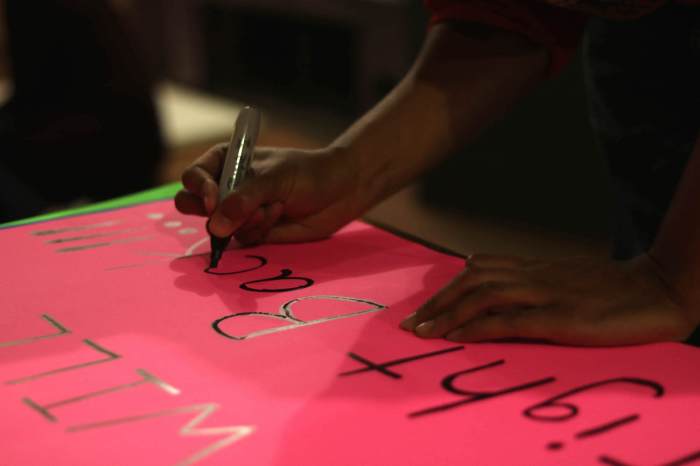Ricky Flores grew up in the South Bronx, and began taking photos of his friends, family, neighbors — and the conflicts and hardships that defined the borough — after he purchased his first camera in 1980. “I grew up in a time when the Bronx had changed radically, from a teeming population to an open wasteland,” he said. “In my teen years I was trying to figure out what the hell was going on, and I stumbled into photography and became extremely fascinated with it. I learned to navigate the landscape, and when I went to college I became politically active. I was a radical, I was an activist, and I used photography for change.” Flores, who has worked as a photojournalist for the Journal News since 1994, is one of the 38 photographers featured in a new exhibition at the Bronx Documentary Center called “‘Whose Streets? Our Streets!: New York City 1980-2000.” Photographs and a video in the show highlight street protests of the generation after the Vietnam War and before 9/11 and the rise of digital photography and social media. The photos also extend beyond the Bronx Documentary Center gallery. Pictures have been wheat-pasted on outdoor walls near the gallery with captions written in English and Spanish so that neighborhood residents can experience the exhibit even if they don’t go inside. “We had a lot of variables when we put the show together,” said co-curator, photographer and former Village Voice photo editor Meg Handler. “We wanted to represent every borough and a diverse age range. Most importantly, we wanted it to be ethnically diverse. It would have been very easy to just do AIDS and abortion protests and everyone [depicted in the photos] would have been white. But New York is not a white city.” There are pictures from well-known clashes, such as the three-day Crown Heights race riots in 1991, police evicting squatters from Tompkins Square Park in 1988 and protests following the police-shooting death of Amadou Diallo in 1999. Other photos are less familiar, and “not all progressive,” Handler said. Co-curator Tamar Carroll, an assistant professor of history at the Rochester Institute of Technology and author of Mobilizing New York: AIDS, Antipoverty and Feminist Activism, pointed to one of Flores’ photographs taken in May 1990. It depicts a white man holding up a watermelon in Bensonhurst. She explained that the image was taken at a neighborhood counterprotest against the Rev. Al Sharpton, who had organized a protest after one of the white men accused of shooting and killing a 16-year-old black teen named Yusuf Hawkins was acquitted on a murder charge. “Those photographs help make tangible how racist some New Yorkers were and still are,” Carroll said. “A lot of people in the Northeast project racism on the South. [But] racism is a problem in New York, too, and that can help account for Trump’s election, when you realize the extent and deepness of those feelings.” Though the photographs highlight many issues that continue to be a problem today, such as race relations, gentrification and women’s rights, Handler and Carroll said when they started working on the show in 2015, they didn’t know how prescient the subject matter would be. “The Black Lives Matter movement has drawn attention to the importance of police brutality today, just as activists were in the 1980s and 1990s. Many of the issues depicted in the show remain relevant today,” Carroll said. Flores, the photojournalist, said he hopes the exhibition will show people that “the struggle” is nothing new.
“In New York City, all the issues are connected,” Flores said. “Just because you rebuildthe South Bronx doesn’t mean the issues that have destroyed families — AIDS,drug abuse, alcoholism — go away. But on the other hand, the younger generation has more information and they’re not as isolated. They’re the change we hope for.” “Whose Streets? Our Streets?” is free and runs through March 5 at the Bronx Documentary Center, 614 Courtlandt Ave. (at 151st Street). More information at whosestreets.photo. The Bronx Documentary Center is a nonprofit that photojournalist Mike Kamber started in 2011 as a way to provide media education to the underserved and growing South Bronx community.








